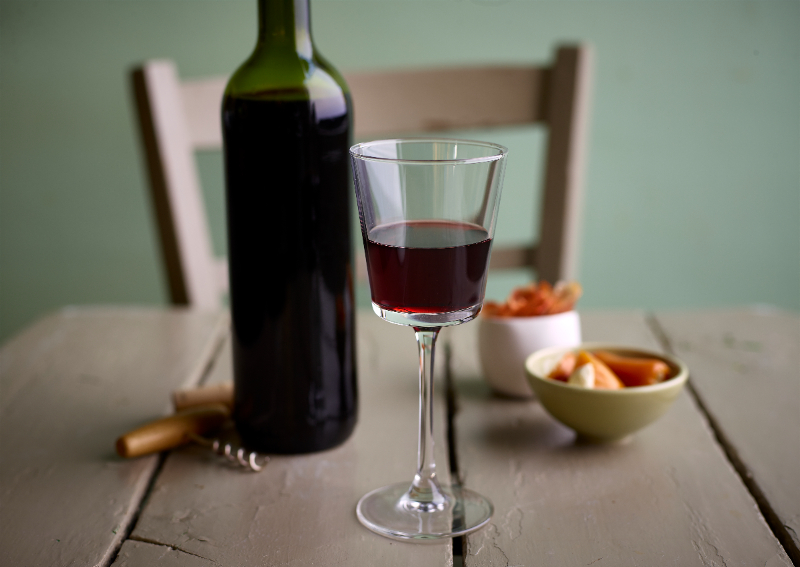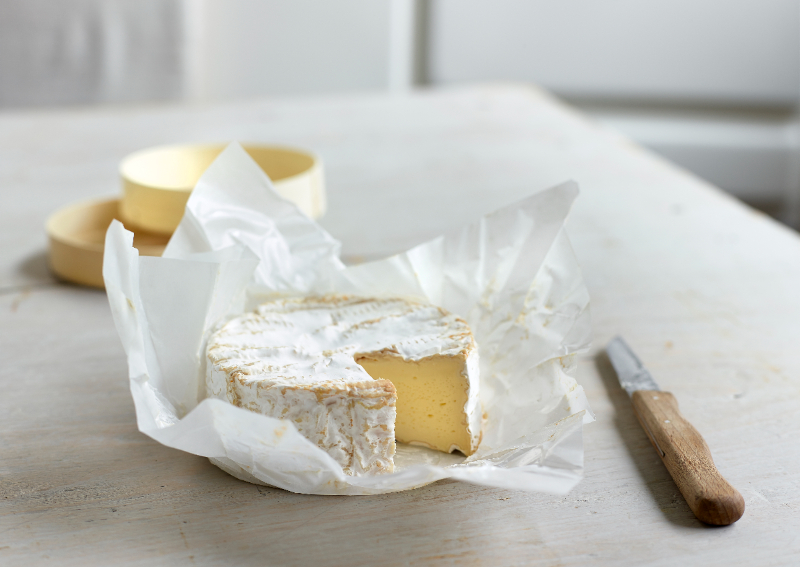A multi-sensory vacation: Here's how to maximise your travel with authentic European flavours and heritage experiences


Europe is a captivating blend of art, history, culture, and natural beauty. From the architectural wonders of Paris and Vienna to the tranquil beauty of Scandinavia's landscapes, every experience for visitors and locals is deeply enriched by the unique offerings of each region.
Beyond iconic landmarks and scenery, Europe boasts an array of authentic food, spirits, and wine, many of which are labelled by geographical indications (GIs). Serving as a certification of quality and origin, GIs provide a deeper understanding of the European experience.
Whether savouring Camembert de Normandie in the French countryside, tasting Rioja wine in Spain or indulging in Lubecker Marzipan in Germany, GIs add an extra layer of authenticity to your journey, making it unforgettable for you and your senses.
As we delve into this topic, we'll explore how this intricate system of GIs is shaping European markets and holding transformative potential for Asia.
Exploring Europe offers a taste of the world's most unique culinary traditions. Geographical indications attest to a product's origin and quality or characteristic and invite you to discover the diverse landscapes and histories they hail from.
Let's dive into the distinct flavours and stories behind some of Europe's iconic GIs.

Tokaj's winemaking tradition in Hungary isn't just ancient; it's a living cultural treasure recognised by its GI status.
The world-famous Tokaji Aszu wine is produced through a specialised method that uses 'noble rot', a unique form of fungus that elevates the wine's sugar and flavour profiles. This meticulous process has been perfected over centuries, making it a draw for wine enthusiasts eager to experience authenticity.
Visiting the region means you'll walk through vineyards that date back to the 12th century, explore historic castles, and dine in gourmet restaurants that pair local dishes with the perfect Tokaji wine. You can also venture into ancient cellars carved from volcanic rock, where these wines age.
When touring Tokaj, every sip of Furmint or Aszu offers a taste of the region's unique soil, climate, and centuries-old traditions. Whether you're a wine novice or professional, the Tokaj Wine Region promises an unmatched experience and each visit deepens your appreciation for how this 'Wine of Kings, King of Wines', as described by King Louis XV, has stood the test of time.

In the rolling hills of Northern Spain, the region of La Rioja has made a mark on the world of wine.
Defined by its unique GI, Rioja's vineyards flourish under specific climatic conditions and soil makeup, giving its wines distinctive characteristics that attract connoisseurs worldwide. Over the years, La Rioja has evolved from traditional family-operated vineyards to a hub of modern winemaking.
In 1925, Spain established Rioja wines as the country's first-ever product to receive a Designation of Origin, underscoring a commitment to ensuring their quality. They guarantee that each bottle meets rigorous standards, and that the essence of the region is encapsulated in every sip.
Tourists don't merely pass through but become part of an experience that dates back centuries. Events like the annual Rioja Wine Harvest Festival in Logrono serve as prime opportunities for visitors to immerse themselves in the local culture.
As they stroll through vineyards and partake in traditional festivities, tourists discover that Rioja is more than a wine; it's all about tradition and innovation. Whether participating in a wine-tasting tour or attending a local wine-making workshop, visiting La Rioja is like stepping into a living history where wine is both the heritage and the future.
GIs not only help preserve diverse culture and history, but these labels also carry an economic weight. In the EU, the GI sector is worth 77 billion euros (S$110.93 billion) and contributes to 15 per cent of the EU's total food and drink exports.
In rural areas, GIs offer a lifeline as they create sustainable economies by driving demand for locally produced items. Products carrying the GI tag often command premium prices, leading to higher profit margins for producers. This economic stability helps combat rural depopulation and continues traditional practices.
Also, it is worth noting that the prominence of GIs can foster a greater sense of community as farmers, producers, and other specialists are often brought together in collaborative initiatives. These communal ventures increase production quality and contribute to local networking and knowledge-sharing.
Additionally, many products with GI names adopt eco-friendly production methods, reducing pollutants and contributing to a healthier environment. So, when you choose a product with a GI label, you are supporting a system that elevates cultural preservation, boosts economies, and champions sustainability.
Europe's appeal lies not only in its celebrated art, striking architecture, and intricate history but also in the unique angle provided by geographical indications. For travellers who crave more than the usual tourist sites, a European journey becomes a multi-sensory experience through the lens of GIs.
Tasting a GI product isn't only about flavours; it can uncover the story behind it, like the connection between the wine and the vines that grow in the background. This tie between product and place makes travel more personal and a unique experience.
Regions renowned for their GIs see a steady stream of tourists eager to partake in this authentic experience, so the economic significance is palpable. From vineyard tours in France to marzipan workshops in Germany, the tourism sector sees a boost from these unique offerings.
Regions capitalise on their GI products, building entire festivals, tours, and experiences around them, bolstering local businesses and hospitality sectors. Moreover, GIs serve as a marker for sustainable tourism. Travellers are more conscientious nowadays, seeking experiences that are eco-friendly and more sustainable, so GI products, with their emphasis on traditional and often eco-friendly methods of production, align perfectly with this ethos.

GI isn't just a label — it's a promise. For consumers, GIs serve as a reliable indicator of authenticity and quality. When a product carries a GI tag, buyers can be assured of its geographical origin and unique characteristics and quality, inherently linked to that origin. This allows consumers to make informed choices, confident they are purchasing genuine, high-quality products.
For producers at large, the advantages of GI protection are multifaceted. First and foremost, it offers a shield against unfair competition. In a global market filled with replicas, a GI-certified product — often developed over generations — can be sure it is neither diluted nor falsely claimed by others. This protective measure instils genuine producers with the confidence that their products won't be cheapened by imitations.
GIs combine the best of nature and culture, whereby traditional know-how transforms what nature has to offer into delightful products of excellent quality.
These items have an economic ripple effect: by visiting production areas and supporting products with names that are protected as GIs, we fuel the sustainable development of rural areas, securing livelihoods and preserving traditional skills and know-how.
There are 54 Southeast Asian GIs that are recognised within European borders through free trade agreements (FTAs) and direct registration in the EU. This recognition is more than a trade relationship; it is a testament to cultural understanding and shared respect.
This successful model, where GIs boost both tourism and local economies, offers a template for how countries across the globe, including Singapore, can integrate cultural preservation and economic growth.
So, the next time you dream of a getaway, in Europe or elsewhere, or consider what to add to your shopping cart, remember that these choices hold power and an opportunity to invest in quality, authenticity, and economic sustainability, both near and far.
This article is brought to you by IP Key.